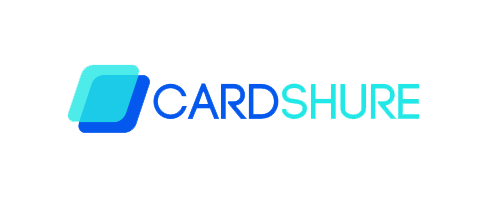Credit card statement balance Vs Current Balance, if you’re checking your card statement balance either online or by phone, you will be shown the different balances; a statement balance and a current balance.
However, these balances may be different, making it more confusing for some individuals especially if you’re trying to pay off your balance in full to avoid paying finance charges such as interest rates in reason.
Pay statement balance shows what you are owing on your credit card at the end of your last billing Cycle, while your current balance displays how much or the total amount you are owing at a certain time.
Balance that Appears on your Credit Card Statement
The balance that appears on the credit card statement is always the balance that is with the credit bureaus. This shows the reasons the balance on your credit card report does not always reflect your current credit card balance. The statement balance was printed recently on your card billing statement. Your account statement closing date is also your card balance. It represents the date your billing cycle ends and your card statement is prepared.
Why your current balance may be Different
Cardholders’ credit card activities are billed in cycles. However, when the billing cycle closes, the credit card issuers prints out a statement with full details of activities that took place during the billing cycle and let you have the knowledge of the payment due and also your due date.
Additionally, at the time at which your credit card pay statement was printed, you probably must have made purchases, payments, or any other transactions that changed your outstanding credit balance. All these transactions will also be reflected in your current balance.
Credit Card Statement balance Vs Current Balance
The current balance could be higher or lower than your pay statement balance based on the transaction made by you. For example, if a payment is already posted to your account when your billing statement was printed. your statement balance will be higher than your current balance or if you definitely made a purchase when your billing cycle had already been printed, your statement balance will be lower than your current balance
If you made any transaction within 24-48 hours before the end of your billing cycle, that has not been posted yet to your account. On checking your account online or with your phone your current balance may include pending transactions. For sure, your credit card issuers have received notification of these transactions but they haven’t processed it completely
Pay your Credit Card Statement Balance to Avoid interest charges
Paying off your balance helps you to avoid paying finance charges on a balance. Typically, your billing cycle begins with a $0 balance, or with paying off your previous billing cycle statement balance in full. At the beginning of the new billing cycle.
The statement balance you see may already include finance charges if you carried a balance from the previous billing cycle. Alternatively, you have up to the end of the grace period to pay the statement balance in full. Thereby avoiding finance charges on your account.
Also, to always ensure that you pay up your statement balance on time every month you can set an autopay with your card issuers. The payment will automatically draft from your bank account on the exact date. It may be on or before the payment due date.
Autopay Details
It is important to note that, when you set up an autopay, you must have sufficient funds in your account. Otherwise, if your bank rejects the payments, you’ll be charged a returned payment fee. Plus you’ll end up paying finance charges on the balance that was not paid in full on the due date.
However, you’ll be left with a balance on your credit card if you pay the full statement balance and your current balance is higher than that amount. You’ll see that the remaining statement balance plus any new transactions on your next billing statement.
Paying the full current balance is often right. Meanwhile, if you cannot pay off the whole statement balance, you must try the minimum to avoid late payments.
More Related Content
- How to Prepare for Life Insurance Open Enrollment
- How to Choose the Best Health Insurance for Your Family
- How to Apply for Home Improvement Loans
- How to Start an Herbal Supplement Store?
- Marketing Essentials for New Businesses

